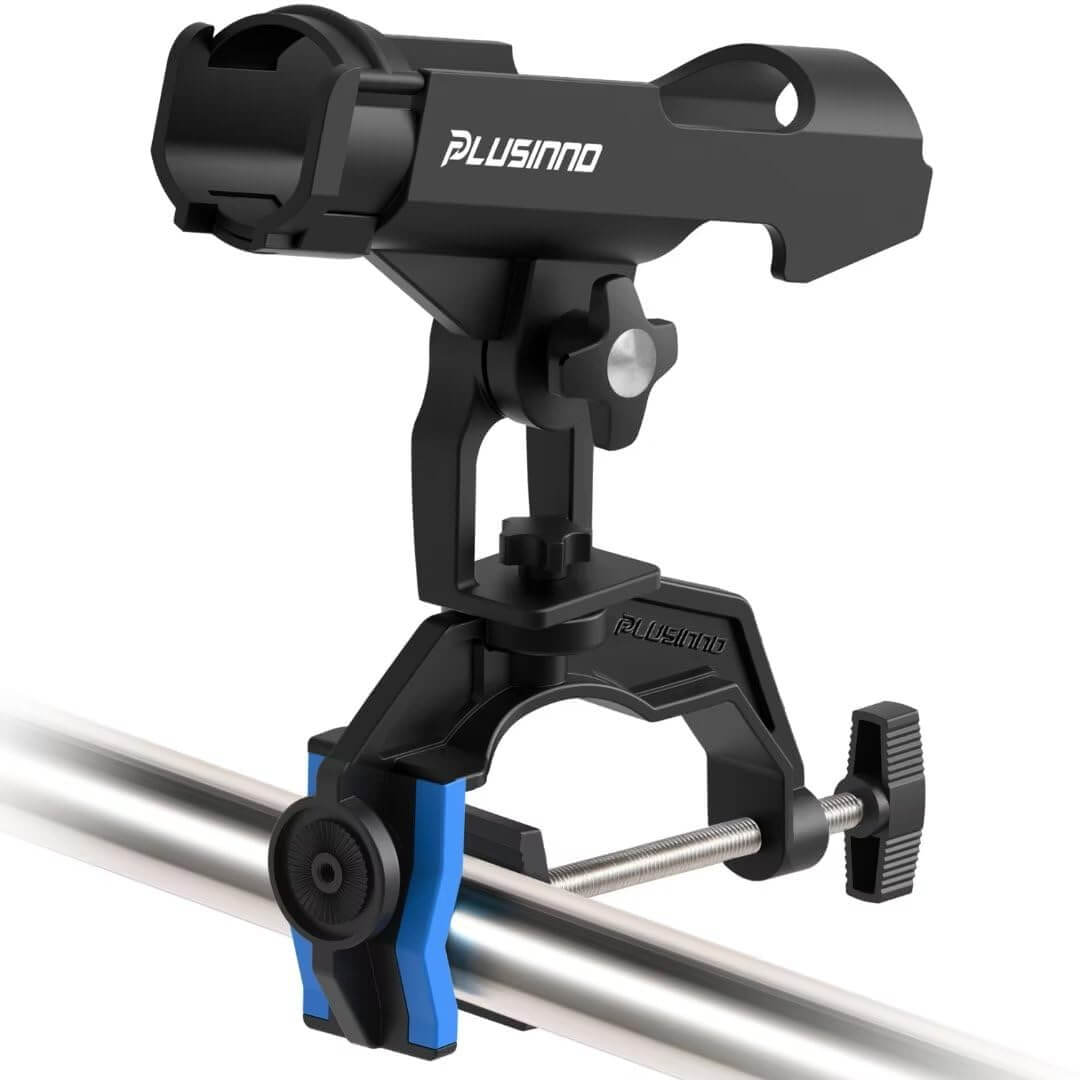When it comes to fishing on a boat, having rod holders installed is essential. Rod holders provide a convenient and secure way to store your fishing rods while you focus on navigating the waters and reeling in the big catch. Whether you are a seasoned angler or a beginner, here are five essential tips for installing rod holders on your boat.
1. Choose the Right Type of Rod Holder
Before you start installing rod holders on your boat, it is important to choose the right type of rod holder for your needs. There are various types available, including flush mount rod holders, clamp-on rod holders, and adjustable rod holders. Consider factors such as the size of your fishing rods, the layout of your boat, and your fishing style to determine the most suitable type of rod holder for you.
For example, if you have limited space on your boat, flush mount rod holders that are installed directly into the boat's surface may be the best option. On the other hand, if you prefer the flexibility of moving your rod holders around, adjustable rod holders that can be easily repositioned may be more suitable.
2. Find the Right Location
Once you have chosen the type of rod holder, the next step is to find the right location for installation. The location of your rod holders can greatly impact your fishing experience. Consider factors such as accessibility, visibility, and balance when determining the placement.
One popular location for rod holders is along the gunwales of the boat, as it provides easy access and allows for multiple rods to be set up simultaneously. Another option is mounting rod holders on the boat's T-top or rocket launcher, which can provide a higher vantage point for better visibility.
3. Ensure Proper Installation
Proper installation is crucial to ensure the stability and durability of your rod holders. Follow the manufacturer's instructions carefully and use the appropriate tools and hardware for installation. It is important to securely fasten the rod holders to the boat to prevent any accidents or damage to your fishing equipment.
Additionally, consider the material of your boat when installing rod holders. For example, if you have a fiberglass boat, you may need to use backing plates or reinforcement to distribute the load and prevent damage to the boat's surface.
4. Test and Adjust
After installing your rod holders, it is important to test them out and make any necessary adjustments. Place your fishing rods in the holders and simulate different fishing scenarios to ensure that the rod holders can securely hold the rods in place.
Adjust the angle and position of the rod holders as needed to achieve the most comfortable and efficient fishing setup. Remember, the goal is to have your rods easily accessible and within reach while maintaining stability and balance on your boat.
5. Maintain and Clean
Once your rod holders are installed, it is important to regularly maintain and clean them to ensure their longevity. Rinse them with fresh water after each use to remove any salt or debris that may have accumulated. Lubricate any moving parts to prevent rust and ensure smooth operation.
Inspect your rod holders periodically for any signs of wear or damage. Replace any worn-out parts or hardware to maintain the integrity of your rod holders.
By following these five essential tips for installing rod holders on your boat, you can enhance your fishing experience and ensure the safety and security of your fishing rods. Remember to choose the right type of rod holder, find the right location, ensure proper installation, test and adjust, and maintain and clean your rod holders regularly.
